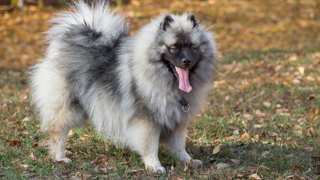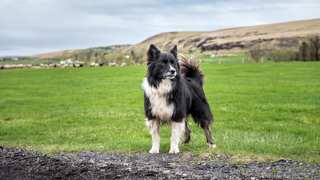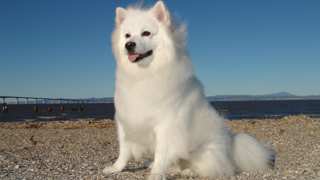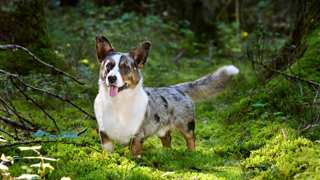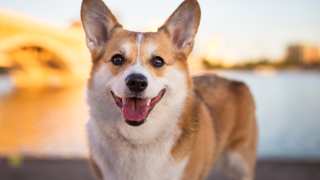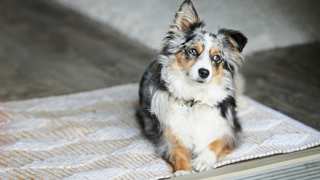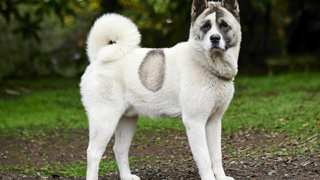Keeshonden are pretty active dogs, and will require a good bit of daily exercise to keep them happy, healthy, and long-living. Though these dogs aren't particularly task-oriented or "worky" animals, they are intelligent and easily trained, so they'll respond best to activities that stimulate them mentally as well as physically.
The typical adult Keeshond will need about an hour of proper exercise each day, which can be fulfilled with a couple of walks and a good period of play. You can begin exercising your Keeshond puppy at three months of age by taking it on short (5- to 10-minute) walks, then increasing the walks' length and frequency as the puppy grows.
A few precautions to keep in mind when exercising your Keeshond: first, puppies younger than nine months old shouldn't participate in activities that include a lot of jumping, running, and navigating of stairs, as doing so can injure their still-developing joints and bones. (This may take some extra supervision, because young Keeshonden are known to be whirlwinds of energy!) And regardless of age, a leash is recommended when you and your Keeshond are in public. These dogs are very curious and social, so they may run off in search of a new friend or environment if given the chance; a leash will minimize this tendency when you're out and about. Finally, Keeshonden usually form strong attachments to their owners, and suffer separation anxiety if left alone--which means they'll respond best to exercises in which one or more of their owners also participates. (Putting your Keeshond out in the yard to exercise alone, in other words, will be useless. The dog will be miserable, and will likely spend its time at the door barking nonstop to be let back in.)
Safeguards aside, it's important to exercise your Keeshond every single day. If bored and restless, these dogs will become high-strung, hyperactive, and disobedient--and they will bark until you're sick of the sound. Consistent exercise will be good for your Keeshond's peace of mind, as well as your own sanity. Here are a few exercise ideas:
- Walking: Two 20-minute walks per day is a good target
- Fetch: A Keeshond usually enjoys chasing a ball or stick
- Hide-and-Seek: Great indoor, rainy-day activity
- Dog Park: Keeshonden love the company of other dogs
- Hiking: Excellent bonding activity
When indoors, it's a good idea to give your Keeshond access to one or more balls or toys that will allow the dog to burn excess energy. It's also recommended that you establish a consistent exercise schedule for the dog, such as walks after breakfast and dinner and a play period in the afternoon.

